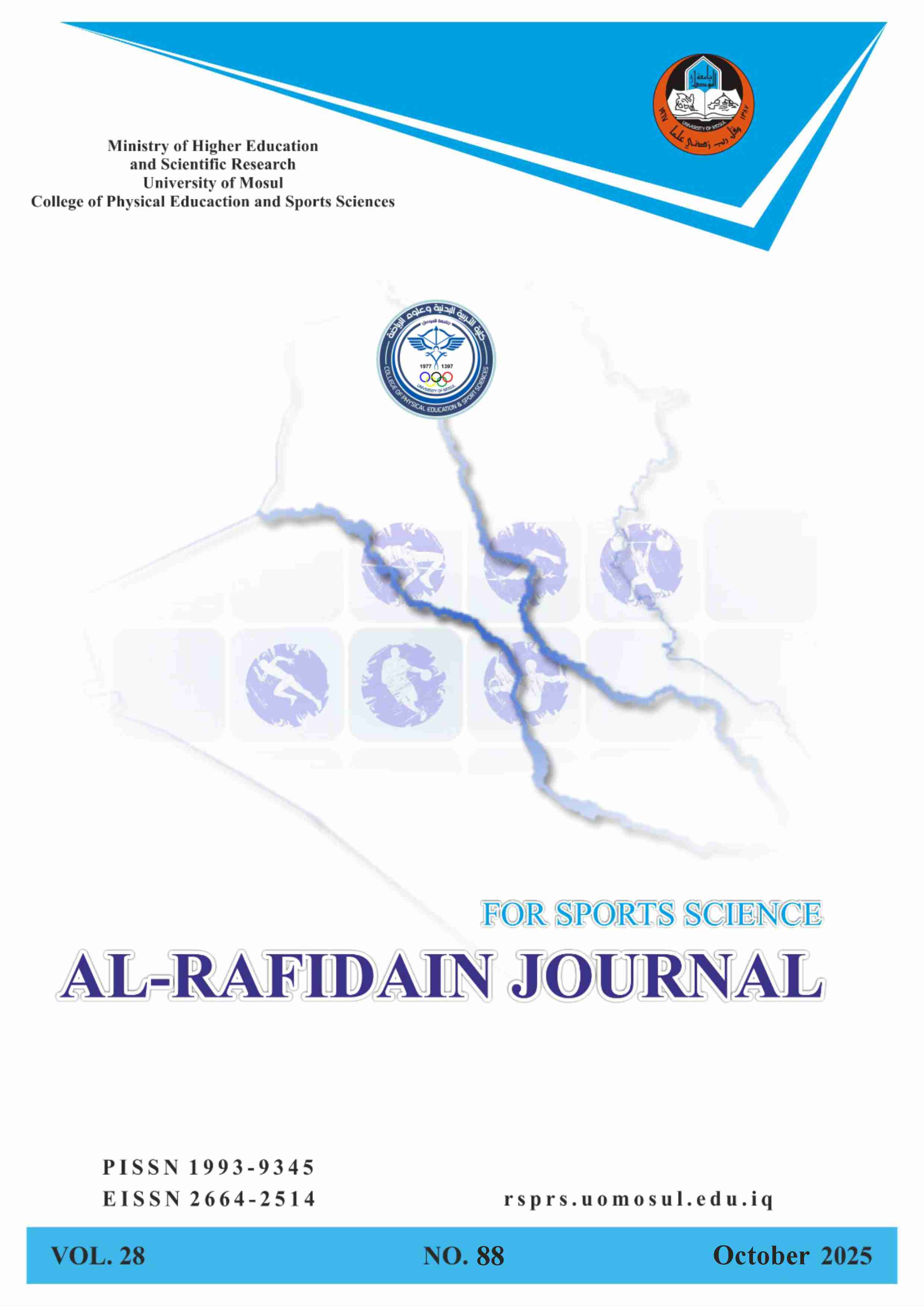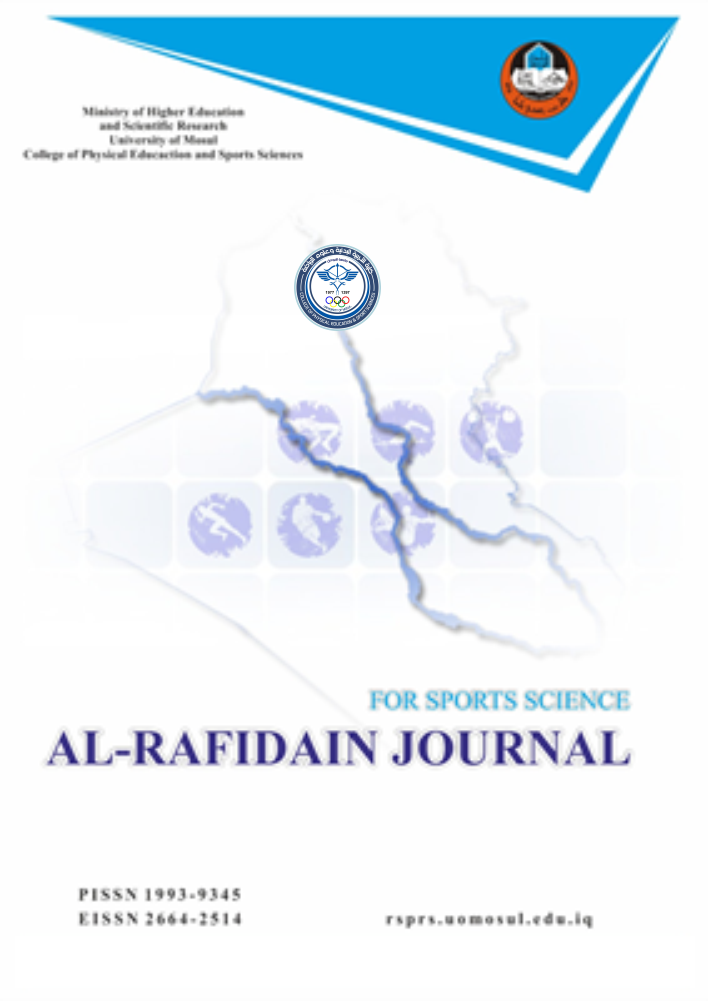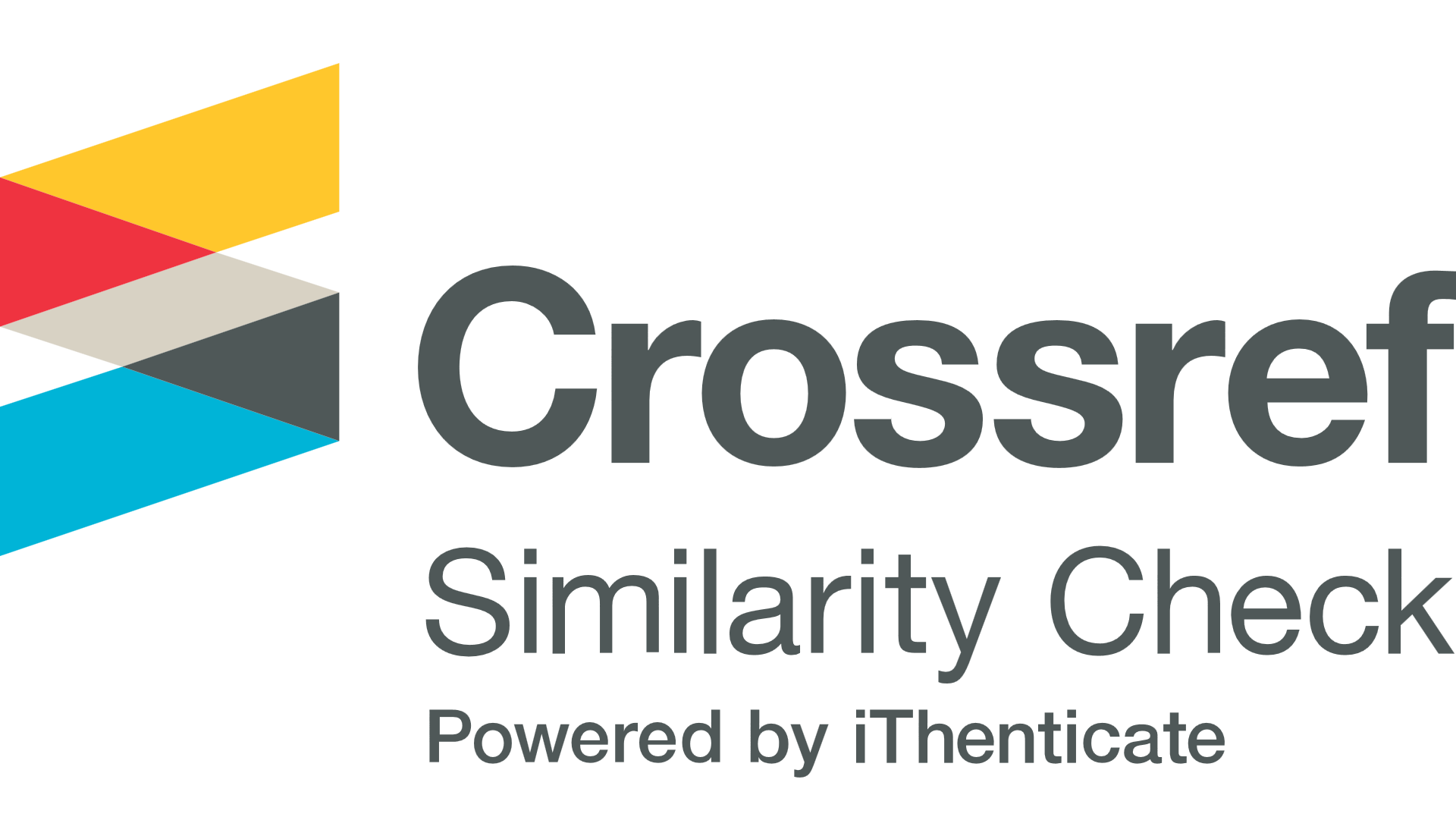A Proposed Matrix of Sustainable Development Standards in Sports Facilities: An Analytical Vision"
Published
Oct 24, 2025Pages
204-225Abstract
Ensuring the efficiency and continuity of sports facilities in serving the community is essential. This highlights the importance of developing a proposed matrix of sustainable development standards, which acts as a tool to guide and assess the performance of these facilities. Consequently, the study aimed to create a proposed matrix of sustainable development standards for sports facilities by presenting an analytical perspective based on the descriptive–analytical method and utilizing the Delphi technique to gather and evaluate the opinions of a panel of experts.
The research problem was the lack of a comprehensive normative framework that helps decision-makers implement sustainable practices in the design and operation of sports facilities within the Kingdom of Saudi Arabia. The study analyzed four main dimensions of sustainability — environmental, social, economic, and technological — to develop the matrix. It also focused on five key sustainability criteria: sustainable design and location, water conservation, energy conservation, internal efficiency, and material management.
The proposed matrix was validated by eight experts using the Delphi method over four rounds of evaluation. In the first stage, a preliminary matrix of 100 standards was created based on these dimensions and criteria. The final stage produced a refined matrix containing 99 standards.
The study concluded that adopting these standards is necessary as a guiding framework for evaluating and planning sports facilities. It recommended integrating and embedding them into the regulatory policies issued by sports authorities and generalizing their use in the processes of review, development, implementation, and operation of sports facilities in the Kingdom of Saudi Arabia, in line with the specific context and variables of each facility. This approach aims to enhance efficiency and effectiveness while contributing to the achievement of the sustainability objectives outlined in Saudi Vision 2030.
References
- - Abdel Qader, A. (2002). Environment and sustainable development. Amman, Jordan: Center of Excellence for NGOs.
- - Abu Al-Nasr, M. M. (2017). Management of civil society organizations. Cairo, Egypt: Etrak for Publishing and Distribution.
- - Ahmed, B. M. S., Najm, M. Q., & Matar, F. A. M. (2025). An analytical study of applying sustainable development goals at the College of Physical Education and Sports Sciences for Women. Journal of Physical Education Sciences, 18, 182–197.
- - Al-Fadel, A. (2023). Management and operation of sports facilities. Riyadh, Saudi Arabia: King Saud University Press.
- - Al-Saghir, I., & Bahloul, L. (2021). Using a hybrid model of value engineering and building information modeling to achieve sustainability in Qatari sports facilities in light of Qatar hosting the 2022 World Cup. Journal of Business Administration and Economic Studies, 7(2).
- - El-Gewishy, Y. M. (2020). Sustainability standards in the management of sports and youth facilities in the Arab Republic of Egypt: An analytical study. Scientific Journal of Physical Education and Sports Sciences. Helwan University, Cairo, Egypt.
- - Fawzi, N. M. (2019). Applying sustainability standards to major sports stadiums in Egypt: A case study of Borg El-Arab Stadium in Alexandria (Unpublished master’s thesis). Ain Shams University, Egypt.
- - General Authority for Statistics. (2018). Statistical indicators. https://www.stats.gov.sa/ar/984
- - General Authority for Statistics. (n.d.). Sustainable development indicators. https://2u.pw/6gLMNr1
- - Hafez, F. S., Sa’di, B., Safa-Gamal, M., Taufiq-Yap, Y. H., Alrifaey, M., Seyedmahmoudian, M., … & Mekhilef, S. (2023). Energy efficiency in sustainable buildings: A systematic review with taxonomy, challenges, motivations, methodological aspects, recommendations, and pathways for future research. Energy Strategy Reviews, 45, 101013.
- - Hesham, Z. (2020). Obstacles to sustainable development in the management of sports facilities (Unpublished master’s thesis). Department of Sports Management, University of Mohamed Boudiaf, M’sila.
- - Ibn Manzur, J. A.-D. (1993/1414 AH). Lisan Al-Arab (3rd ed.). Beirut, Lebanon: Dar Sader.
- - Lucas, S., Pinheiro, M. D., & de la Cruz Del Río-Rama, M. (2017). Sustainability performance in sport facilities management. In Sports management as an emerging economic activity: Trends and best practices (pp. 113–138). Springer. https://doi.org/10.1007/978-3-319-63907-9_8
- - Mouawad, N. L. A. F. (2022). Requirements for applying sustainability standards in sports facilities at some faculties of physical education to enhance sports investment. Scientific Journal of Physical Education and Sports Sciences, 94(2).
- - Munjahi, M., Zawawi, A. W., & Bou Salah, A. (2019). Adoption of sustainable development indicators in the management of sports facilities in Algeria: A field study in the sports complexes of M’sila Province. Journal of Sports Creativity, 10(2).
- - Official Website of Saudi Vision 2030. (n.d.). Vision 2030. https://www.vision2030.gov.sa/ar/
- - Oql, M. J., et al. (2009). Matrices and their applications. Amman, Jordan: Arab Community Library for Publishing and Distribution.
- - Rahmani, H., Hami, M., & Dosti, M. (2020). Identifying factors affecting sustainable development in sports facilities of Razavi Khorasan Province—University of Murcia.
- - Saem, M. (2016). The basic elements of sports management and their role in improving the management of sports facilities. Journal of Sciences and Practices of Physical, Sports, and Artistic Activities, (9).
- - Sanousi, L. M. (2022). Mechanisms for applying sustainability standards in sports facilities in Minya Governorate. Scientific Journal of Physical Education and Sports Sciences, 97(2).
- - Tahir, N. S. (2022). An indicator system for evaluating sustainable development in new urban communities in Egypt in light of water scarcity issues. Journal of Architecture, Arts, and Humanities, (35).
- - Tamjidi, M., & Khazaei, F. (2015). Investigating the aspects of the environmental sustainability approach in designing an aquatic sports complex. European Online Journal of Natural and Social Sciences: Proceedings, 4(3s), 847–856.
- - Tony, M. F., Abdel-Hafiz, M. F., & Talaat, I. S. E.-D. (2023). An analytical study of sustainability standards in sports facilities to enhance marketing competitiveness in youth centers of Minya Governorate. Journal of Sports Sciences, 36(3).
- - Ünal, H., & Bağcı, E. (2017). Sports organizations in the light of environmental sustainability and ecological footprint [Çevresel sürdürülebilirlik ve ekolojik ayak izi ışığında spor organizasyonları]. Journal of Human Sciences, 14(3), 3006–3021.
- - Zheng, L. H., Guo, S. T., Feng, X. W., Xu, Y. Y., Nor, M. N. M., & Abidin, N. E. Z. (2024). Sustainable development between sports facilities and the ecological environment based on the dual carbon background. Scientific Reports, 14(1), 22692.
Identifiers
Download this PDF file
Statistics
How to Cite
Copyright and Licensing

This work is licensed under a Creative Commons Attribution-NonCommercial 4.0 International License.







